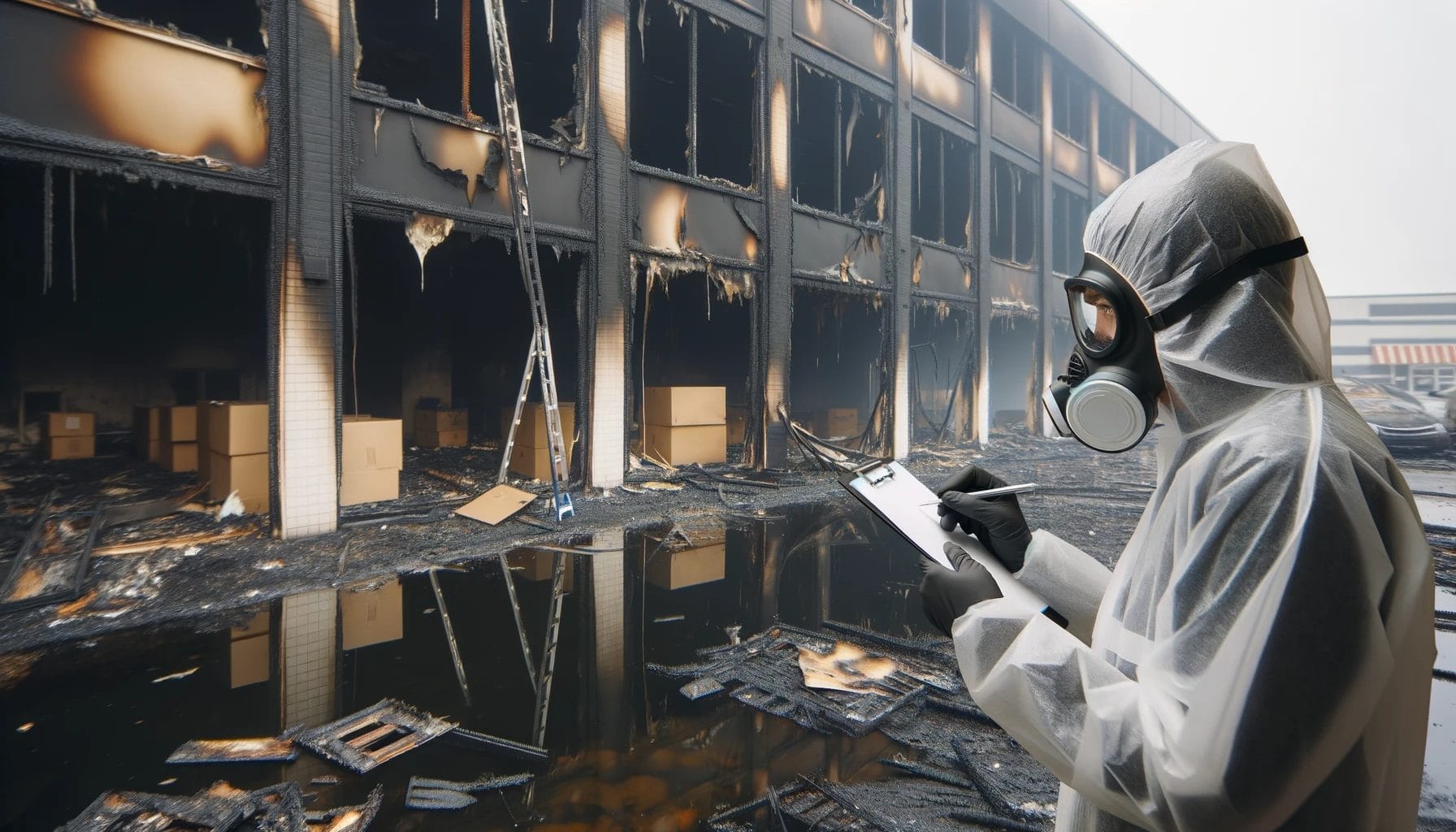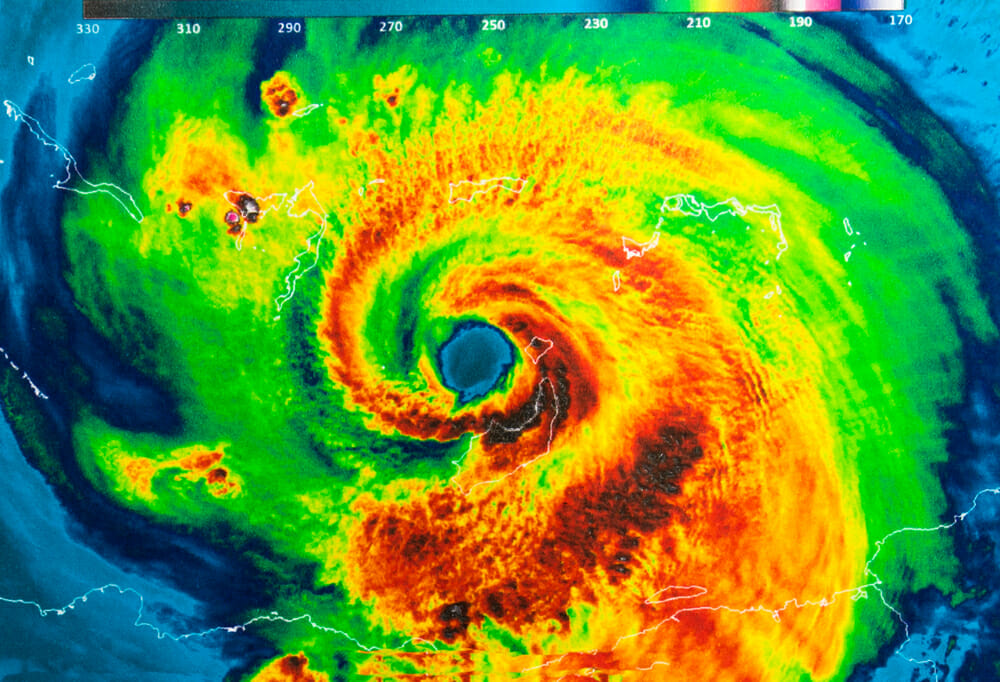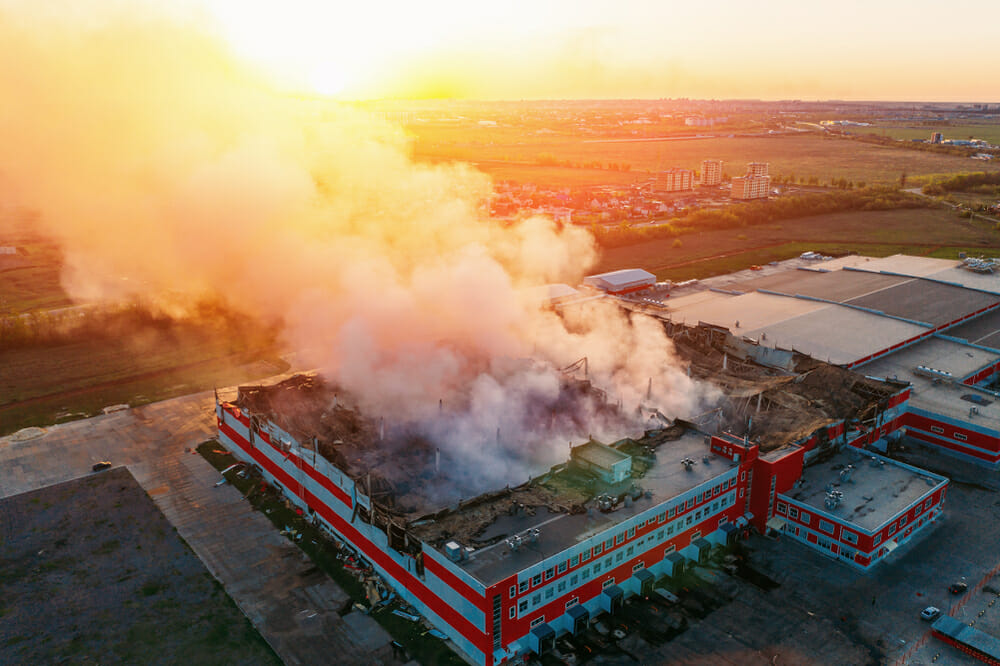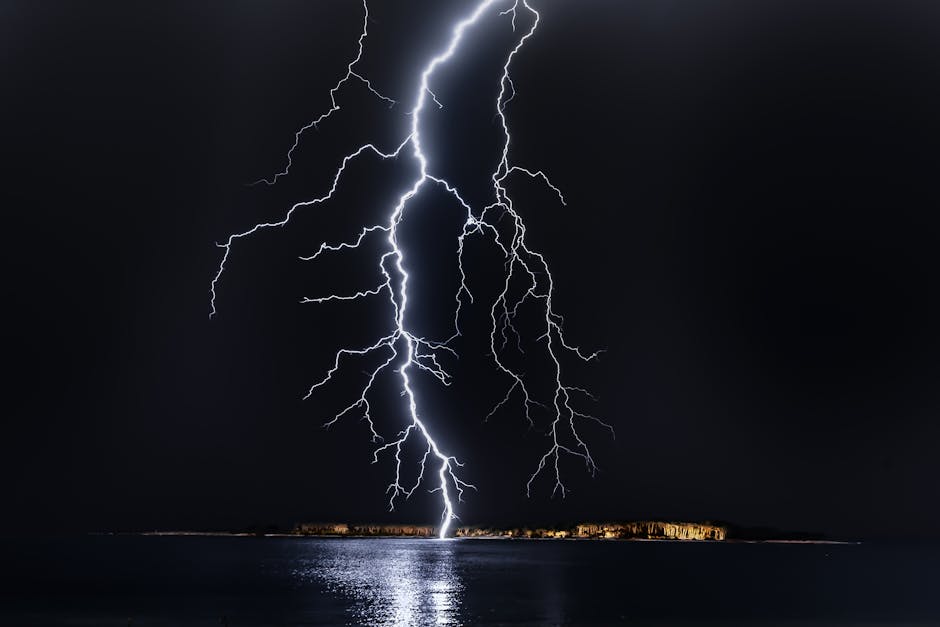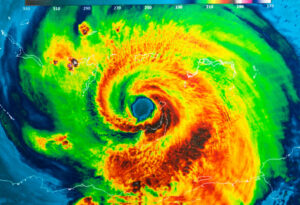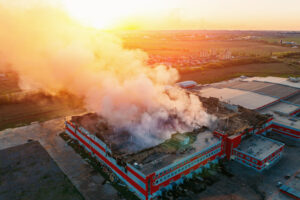Providence at Champions Apartment Fire
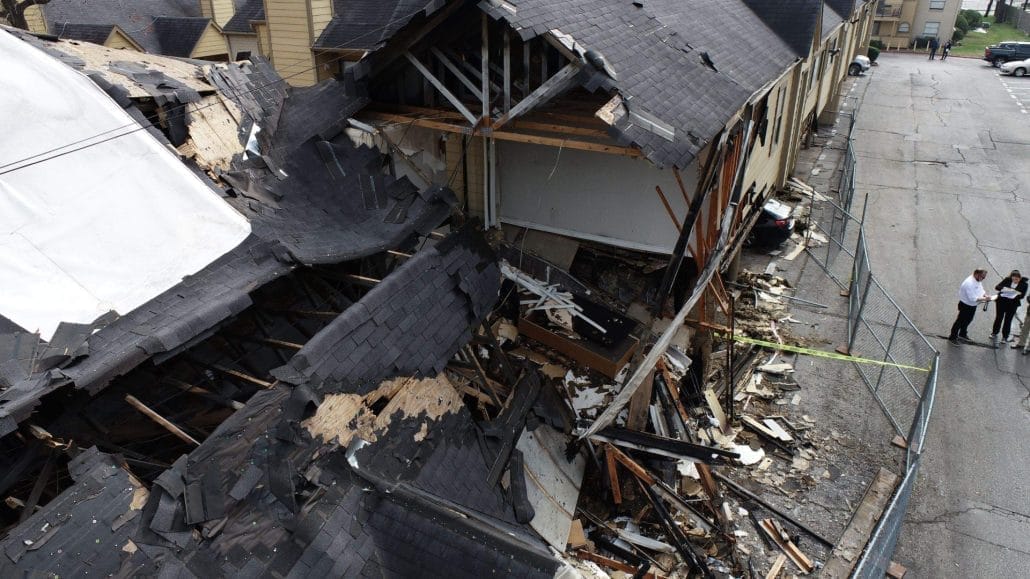
When a fire has wreaked havoc on your life, reaching out to a public adjuster specializing in fire and smoke damage insurance claims in Texas can be your lifeline to rebuilding your world.
Fires can cause devastation beyond imagination, making it appear almost insurmountable to recover from the aftermath. The questions may seem endless. Does your insurance policy cover the full extent of your losses? What can you expect in terms of a settlement? How long does the claims process take, and what are the precise steps involved?
During these challenging times, having a dedicated team of public adjusters for fire and smoke damage claims in Texas can make all the difference, helping you move forward and embark on the path to complete recovery. Whether you’re dealing with a total loss of your home or business, or you’re grappling with smoke, water, or ash damage, having a public adjuster on your side when it’s time to negotiate with your insurance company not only saves precious time but also ensures you receive the maximum compensation in your fire insurance claim settlement.
If you’ve suffered any type of loss due to fire or smoke, we stand ready to advocate for you as a trusted advisor and resource, guiding you through the recovery process.
Understanding the Role of a Public Adjuster for Fire and Smoke Damage Insurance Claims
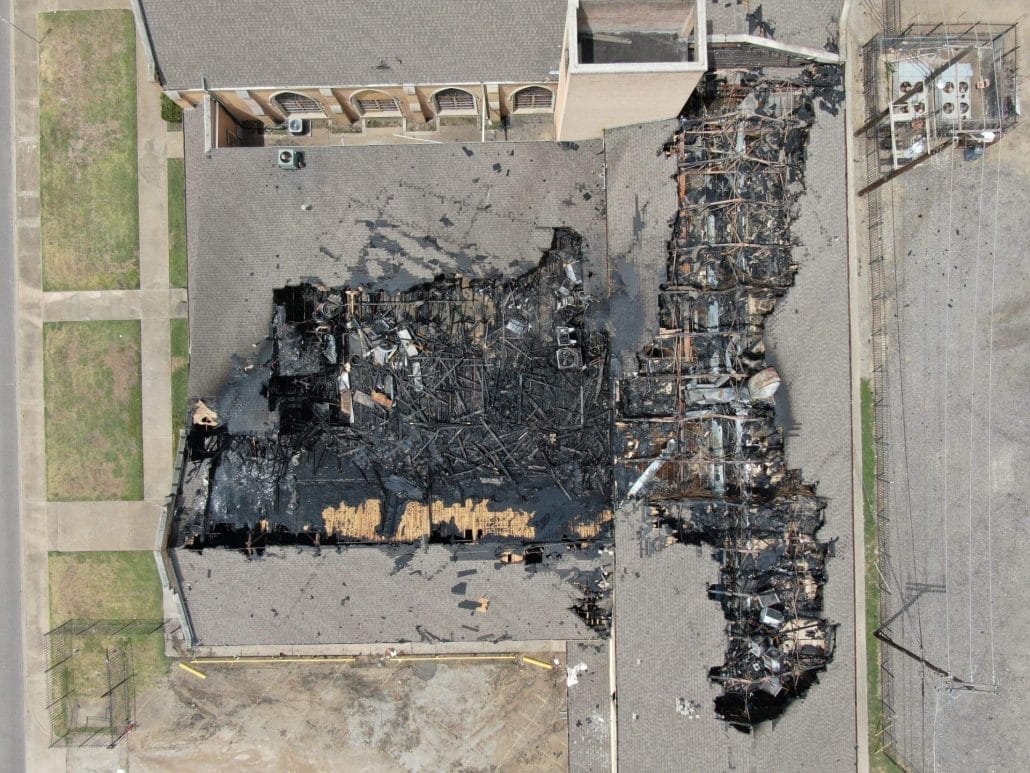
Saintsville Church | Multimillion dollar Policy limit in 10 days
Licensed adjusters are legally authorized to represent policyholders in their interactions with insurance companies when dealing with fire and smoke damage claims. A public adjuster acts as an advocate on behalf of the insured, assisting them throughout the claims process. Insurance providers may not always be inclined to offer adequate compensation for the losses incurred by policyholders. The primary function of the public adjuster for fire and smoke damage claims is to ensure that your rights are upheld, and you receive fair compensation for all losses and damages.
In fulfilling this role, a public adjuster for fire and smoke damage claims offers a range of services. These services include comprehensive documentation of all visible damage, an assessment of hidden damage, a thorough audit of losses, and negotiation with your insurer to secure the maximum reimbursement.
Your public adjuster will serve as the primary point of contact throughout the claims process, allowing you to focus on rebuilding your life or business.
Dealing with Water Damage Resulting from Fire Insurance Claim Challenges
In the aftermath of a fire, water damage can often compound the already overwhelming situation. Managing the complexities of a fire insurance claim while also addressing water damage issues requires a clear plan of action.
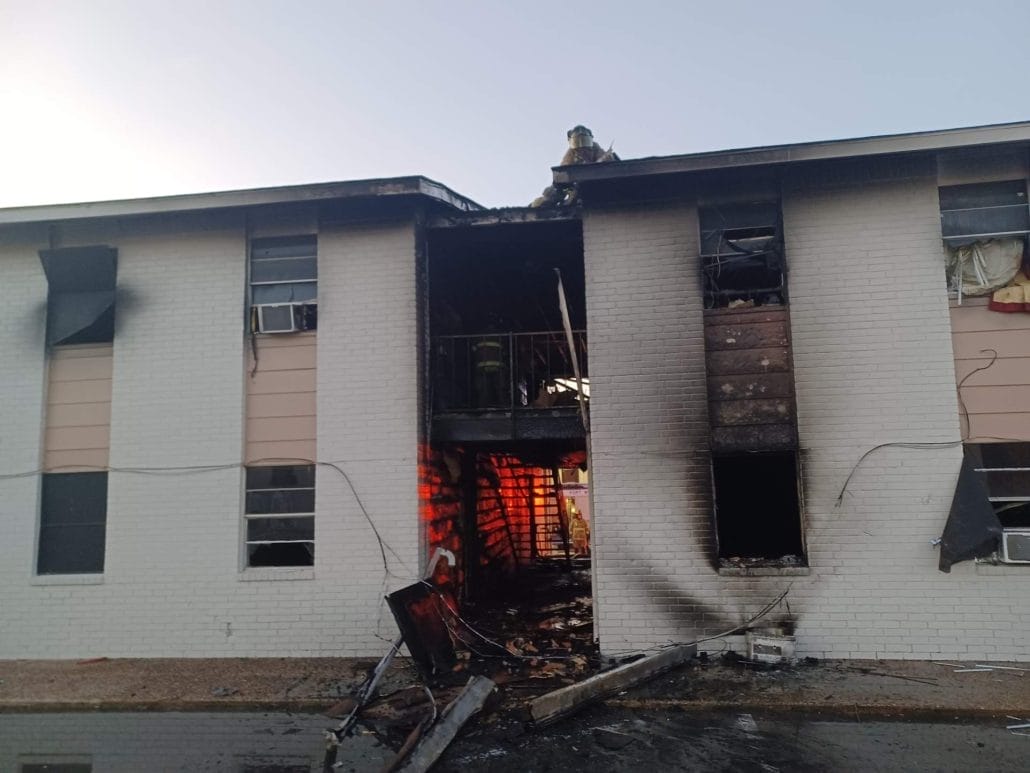
Marabella Apartments | 76.84% increase over initial insurer’s offer
- Assess the Water Damage: Before addressing the insurance claim, it’s crucial to assess the extent of water damage. This includes identifying areas affected by firefighting efforts, burst pipes, or structural damage caused by the fire. Document the damage with photos and notes to support your claim.
- Contact Your Insurance Company: Notify your insurance company about both the fire and water damage as soon as possible. Ensure that you provide a detailed account of the damages and the cause of the water damage, such as firefighting efforts or burst pipes.
- Consult with a Public Adjuster: Engage the services of a qualified public adjuster who specializes in fire and water damage claims. They can act as your advocate, helping you navigate the intricacies of your policy and maximizing your compensation for both the fire and water damage.
- Understand Your Policy: Carefully review your insurance policy to understand the coverage and limitations related to both fire and water damage. Some policies may have exclusions or specific conditions for water damage coverage, which is important to be aware of.
- Proper Documentation: Maintain detailed records of all communication with your insurance company, including phone calls, emails, and written correspondence. This documentation can be valuable in case of disputes or delays.
- Mitigate Further Damage: Take immediate steps to prevent further water damage. This may involve securing the property, stopping leaks, and ensuring that water-damaged areas are adequately dried and dehumidified.
- Hire Water Remediation Experts: Enlist the services of professionals experienced in water damage remediation. They can properly assess, clean, and restore the affected areas to prevent mold growth and further structural damage.
- Submit a Detailed Claim: Work with your public adjuster to submit a comprehensive insurance claim. Include an itemized list of both fire and water damage, repair estimates, and any additional costs incurred during the recovery process.
- Be Patient: The insurance claim process can be time-consuming and may involve negotiations. Be patient and persistent in your pursuit of a fair settlement for both fire and water damage.
- Review Final Settlement: Carefully review the settlement offer from your insurance company. If it doesn’t adequately cover your damages, work with your public adjuster to negotiate a fair resolution.
Dealing with water damage stemming from a fire insurance claim can be a complex and emotionally taxing process. However, by taking systematic steps, seeking professional assistance, and understanding your policy, you can increase the likelihood of a satisfactory resolution for both the fire and water damage issues.
Beware of Unlicensed Public Adjusters for Fire and Smoke Damage Claims
Texas Insurance Code Sec. 4102.163 prohibits contractors from acting as a public adjuster or advertise to adjust claims for any property for which the contractor is providing or may provide contracting services, regardless of whether the contractor:
holds an insurance adjuster license or is authorized to act on behalf of the insured under a power of attorney or other agreement.
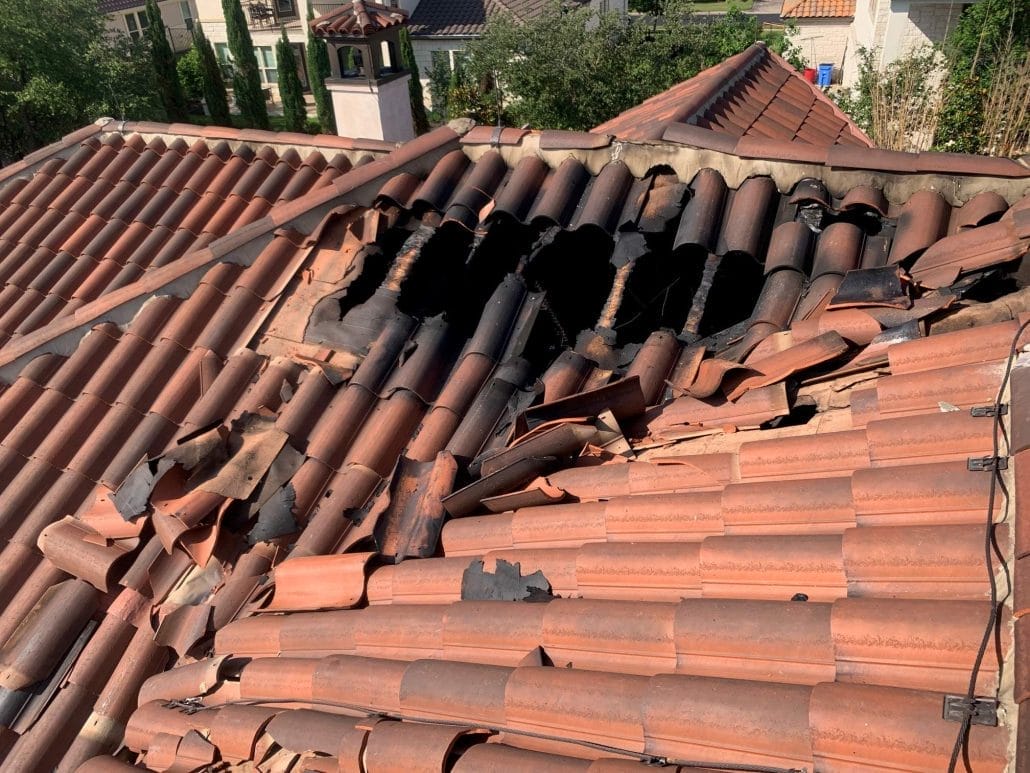
High End Home Claim | 76.77% increase
Business and Homeowners must exercise caution when dealing with unlicensed contractors or public adjusters for fire and smoke damage claims. In many cases, these individuals do not have your best interests at heart but are working in favor of the insurance companies. Choosing someone employed by an insurer could result in a significantly lower settlement payout.
Before engaging the services of a public adjuster for fire and smoke damage claims, ensure they hold a valid license. You can verify this information by checking with the Department of Insurance in your state.
Deciphering Your Insurance Policy
Before filing any claim for fire or smoke damage, it’s crucial to fully understand the extent of your coverage. Each insurance policy varies, with different limits on reimbursement for loss-related expenses.
To successfully file a claim, you must be aware of what your policy covers and what it excludes. This knowledge streamlines the process of obtaining the settlement you rightfully deserve.
Coverage A
Dwelling
This portion of your policy covers damage to your home and any loss incurred beneath the main floor of the dwelling. The policy’s amount is the maximum sum you can claim in case your property is completely destroyed, constituting a total loss.
Other Structures
This section covers structures located in the vicinity of your main dwelling, such as buildings, fencing, landscaping, driveways, and more.
Coverage C
Personal Property
This part of the policy deals with damage or loss of your personal belongings, including contents within the home owned or used by you and your family.
Coverage D
Additional Living Expenses
This coverage reimburses expenses incurred due to an inability to live in the property as a result of damage or loss, up to the policy limits.
Businessowners Policy (BOP)
The BOP combines coverage for all major property and liability insurance risks as well as many additional coverages into one package policy suitable for most small businesses. The term “BOP” specifically refers to insurance policy language developed (and revised as needed) by experts at ISO. ISO provides sample insurance policy language, research and a variety of other products to insurance companies.
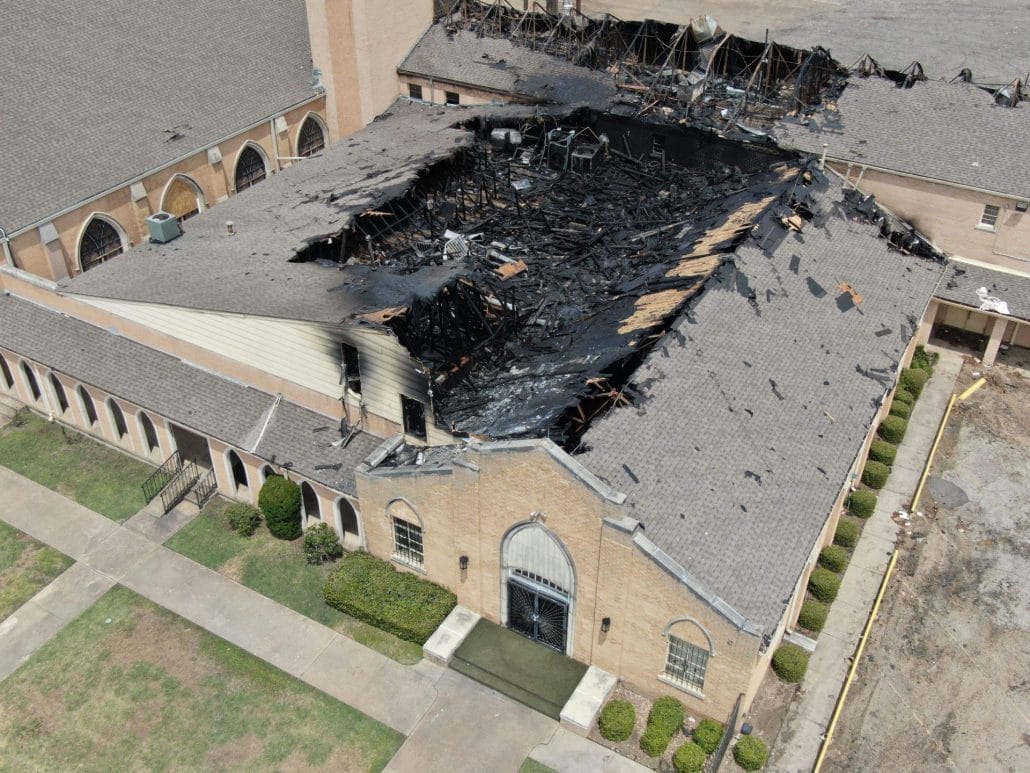
Coverage B
The BOP includes business income insurance, sometimes called business interruption insurance. This compensates a business owner for income lost following a disaster. Disasters typically disrupt operations and may force a business to vacate its premises. Business income insurance also covers the extra expense that may be incurred if a business must operate out of a temporary location.
Dealing with Asbestos After a Fire Claim
Asbestos is a hazardous material that can pose serious health risks when disturbed, especially during a fire. When making a fire insurance claim, addressing asbestos contamination is crucial for the safety of those involved in cleanup and restoration. Here’s how to deal with asbestos after a fire claim:
- Safety First:
- Prioritize safety above all else. Do not enter the fire-damaged area until it’s deemed safe by professionals.
- Asbestos fibers are harmful when inhaled, so take necessary precautions to protect yourself from exposure.
- Assessment:
- Hire a certified asbestos inspector to assess the extent of asbestos contamination. They will identify the presence of asbestos-containing materials (ACMs) in the damaged structure.
- Consult with Your Insurance Company:
- Inform your insurance company about the asbestos situation and consult with them regarding coverage for asbestos abatement.
- Be prepared to provide documentation and reports from the asbestos inspection.
- Asbestos Abatement Plan:
- Develop an asbestos abatement plan in collaboration with your insurance company and asbestos remediation experts.
- The plan should outline the proper procedures for safe asbestos removal, disposal, and cleanup.
- Asbestos Removal Specialists:
- Hire a licensed and certified asbestos abatement contractor who specializes in removing and disposing of asbestos-containing materials.
- Ensure they follow all local and federal regulations for asbestos removal.
- Containment:
- Establish a containment area around the asbestos-affected zone to prevent the spread of asbestos fibers during the removal process.
- Safe Removal:
- The asbestos removal team should use appropriate personal protective equipment (PPE) and follow strict safety protocols.
- ACMs must be wetted down to minimize the release of asbestos fibers.
- Remove and double-bag asbestos-containing materials in sealed, labeled containers for proper disposal.
- Testing and Clearance:
- After asbestos removal, have the area tested by an independent asbestos inspector to confirm that it is free of asbestos fibers.
- This clearance certificate is crucial for ensuring that the area is safe for reoccupation and repairs.
- Restoration:
- Once asbestos abatement is complete, you can proceed with fire damage restoration and repairs.
- Follow Local Regulations:
- Ensure that you comply with local and federal regulations regarding asbestos removal and disposal. Failure to do so may result in legal consequences.
- Document Everything:
- Keep detailed records of all asbestos-related activities, including inspection reports, abatement plans, and clearance certificates.
- Coordinate with Your Public Adjuster:
- If you’re working with a public adjuster for your fire insurance claim, keep them informed about the asbestos issue. They can help ensure that your claim includes the costs associated with asbestos abatement.
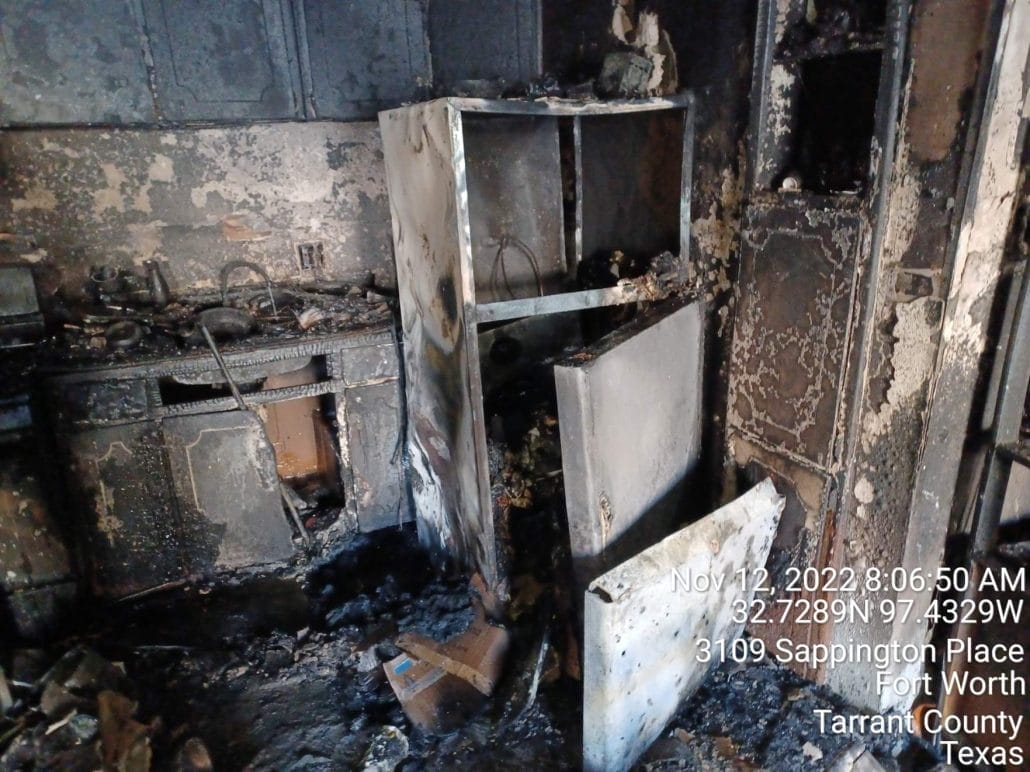
Dealing with asbestos contamination after a fire claim is a complex and potentially hazardous process. It’s important to follow safety protocols and regulations while working with professionals who are experienced in asbestos removal. By taking these steps, you can mitigate the risks associated with asbestos and ensure a safe and thorough recovery process.
Hiring a Hygienist for Your Fire and Smoke Damage Claim
You may want to strongly consider enlisting the services of a hygienist to assess the extent of the damage you’ve suffered. This step greatly enhances the effectiveness of your claims process and ensures you receive the maximum reimbursement.
A Certified Industrial Hygienist will evaluate your property for levels of smoke, ash, soot, and other contaminants. Their task is to create a comprehensive report of all the damages incurred as part of your fire and smoke damage claim.
This evaluation includes three key types of sampling:
1. Tape sampling: Testing for contaminants on interior surfaces.
2. Vacuum sampling: Identifying particulate or contaminants in furniture, window coverings, and soft materials within the home.
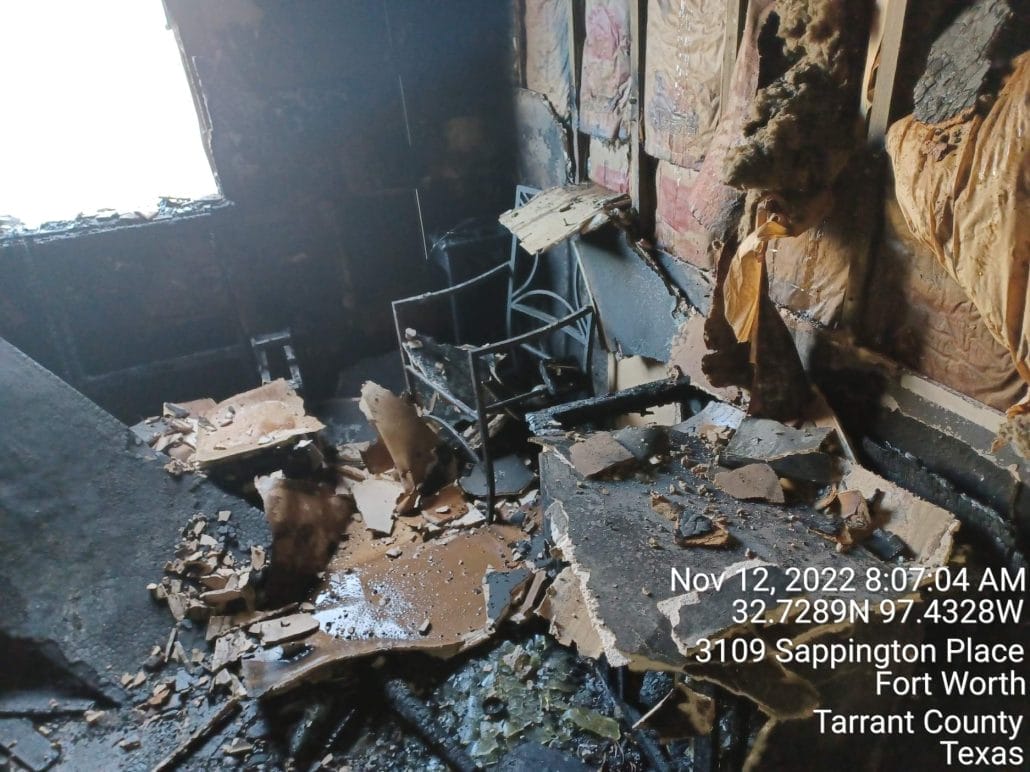
3. Air sampling: Detecting breathable toxins in the air.
All samples are analyzed in a laboratory for toxicity. Once the hygienist receives the results, they compile a full report and provide recommendations regarding cleaning or replacement of contaminated materials.
Do not rely on a hygienist recommended by your insurance provider, as their loyalty may be to the insurance company. This could result in determinations biased in favor of the insurer, leaving you to cover the full extent of your damages.
Reach out to Insurance Claim Recovery Support Public Adjusters and let our expertise guide you to help you maximize on your fire and smoke damage insurance claim!

